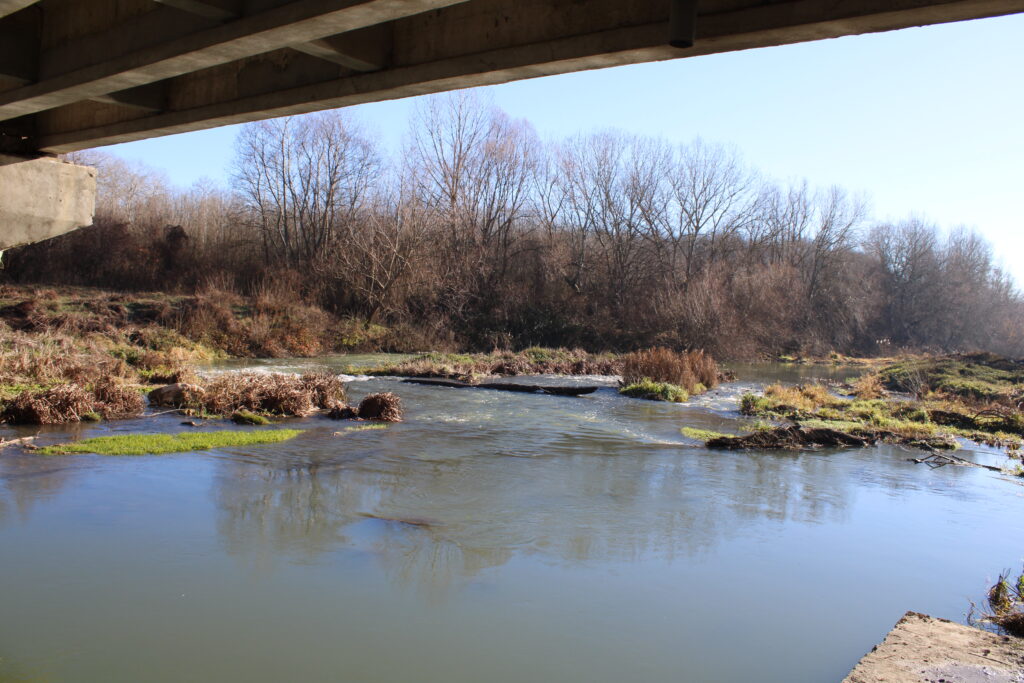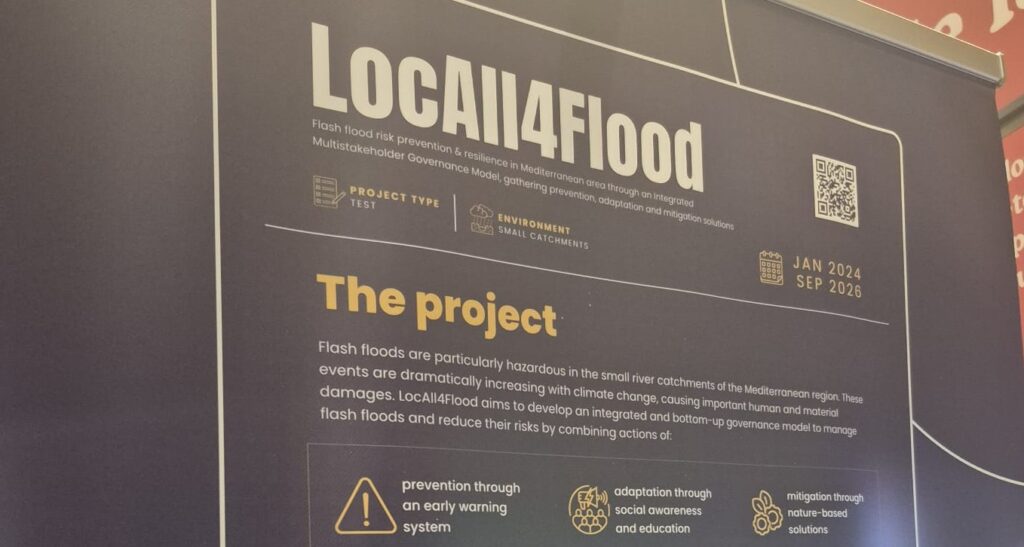
Interreg Euro-MED - LocAll4Flood
Episodes of intense rainfall are part of the Mediterranean climate. At times, these phenomena lead to flash floods causing material or human damage. To tackle this risk, the LocAll4flood project proposes an Integrated Multi-stakeholder Governance Model, combining prevention, adaptation and mitigation actions, which will be tested in small catchments, particularly vulnerable to flash floods. In order to have a wide range of sensitive zones, 9 pilot sites have been selected from Greece, Italy, Bulgaria, Malta, Catalonia and the Balearic Islands, covering 4 kinds of topographical areas (urban, rural, coastal, industrial). The “bottom-up” approach is privileged and the transferability to the whole Mediterranean basin is foreseen.
Video
Flash floods


Flash floods occur when heavy rainfall causes water to overflow in a short period of time, submerging normally dry land. This natural phenomenon is particularly typical of the Mediterranean basin, where streams with little or no water supply are overloaded in a matter of hours, rapidly flooding nearby areas.
Flash floods become a risk when they have the potential to cause damage to people and properties. Many areas at risk of flooding have been occupied by human activities or settlements, particularly during the 20th century. This land is often of interest to human society: it is flat and therefore easy to build on and, thanks to alluvial deposits, is fertile and therefore ideal for agriculture. As a result, most of the Mediterranean wetlands have disappeared in favour of towns or crops.
With land-use planning taking little account of the risk of flooding until recently, the public authorities relied almost exclusively on “grey” infrastructures, such as the construction of dams or the re-routing of rivers, in an attempt to reduce this hazard. Although these interventions have been effective in some cases, they have a number of limits. “Grey” infrastructure is very expensive, and when it breaks down (without being designed for new climate change events), the human damage can be even more serious due to the accumulation of water. On top of this, they are associated with the destruction of natural habitats and interfere with the movement of sediments, so precious for fertilising fields or for protecting coastlines from the sea. This is why Nature-Based Solutions (NBS) are increasingly being recommended. These involve recreating or preserving ‘green’ infrastructures to absorb the impact of flash floods: wetland restoration, afforestation, making towns more permeable, covering crops with vegetation, etc. A new paradigm is emerging in flash flood risk management, and the LocAll4Flood project hopes to be part of it.
Latest
News
Upcoming
Events
No events to display at this time.
Key






